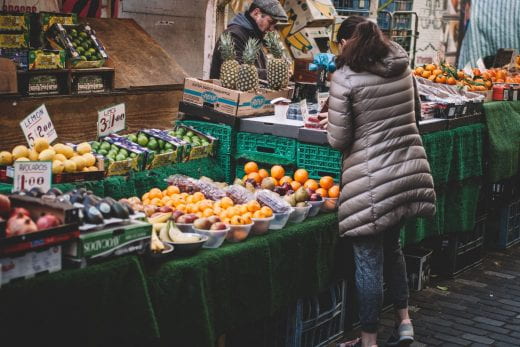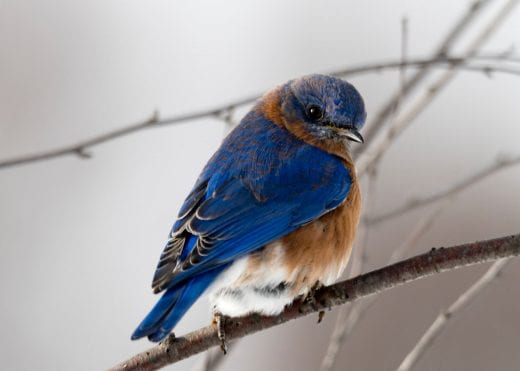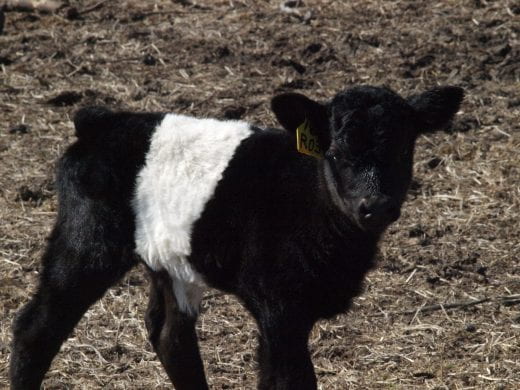Welcome to Better Kansas, where every Thursday we shed light on events, resources and other information designed to make your life, businesses, communities and state better. This is a small glimpse of what K-State Research and Extension across the state has to offer. Share on social media and subscribe! – Mary Lou Peter mlpeter@ksu.edu
Better Living, Better Communities
LAST WEEK, I passed along information about a guide to help you know how long food ingredients will do their job in your recipes. But because of a technical glitch, not everyone got that section of Better Kansas, so I’m including the link again in hopes that it works this time. Safe Food Storage: The Cupboard is a really good guide.
 IT’S EARLY IN THE YEAR, BUT ARE YOUR NEW YEAR’S RESOLUTIONS ALREADY GETTING A LITTLE LESS RESOLUTE? Mine certainly are. One tip to get back on track is starting the day with breakfast if you don’t do that already. Studies show that people who eat breakfast eat 100 fewer calories a day than people who don’t. Another suggestion is to stop eating when you’re no longer hungry. Wait, we were supposed to be HUNGRY before we started eating?! Seriously, if we stop eating just as we begin to feel full, we can save as many as 500 calories a day. Other tips in the fact sheet, Action Plan for Healthy Living, focus on physical activity, sleep and ways to develop your own action plan. This may be just what I need to get back on track. Check it out.
IT’S EARLY IN THE YEAR, BUT ARE YOUR NEW YEAR’S RESOLUTIONS ALREADY GETTING A LITTLE LESS RESOLUTE? Mine certainly are. One tip to get back on track is starting the day with breakfast if you don’t do that already. Studies show that people who eat breakfast eat 100 fewer calories a day than people who don’t. Another suggestion is to stop eating when you’re no longer hungry. Wait, we were supposed to be HUNGRY before we started eating?! Seriously, if we stop eating just as we begin to feel full, we can save as many as 500 calories a day. Other tips in the fact sheet, Action Plan for Healthy Living, focus on physical activity, sleep and ways to develop your own action plan. This may be just what I need to get back on track. Check it out.
 SOMETIMES IT SEEMS EASIER TO LET OUR FINANCES JUST TAKE CARE OF THEMSELVES and not pay much attention to things like credit scores or credit reports. Until, of course, our application for that new apartment is rejected or we pay a higher interest rate for that cool SUV we’ve been eyeing … all because of what’s on our credit report. This extension column in FortScott.biz sheds light on the difference between credit reports and credit scores and how they’re linked. It also mentions the upcoming statewide K-State Research and Extension Check Your Credit email program which I’ll be writing more about in the next few weeks.
SOMETIMES IT SEEMS EASIER TO LET OUR FINANCES JUST TAKE CARE OF THEMSELVES and not pay much attention to things like credit scores or credit reports. Until, of course, our application for that new apartment is rejected or we pay a higher interest rate for that cool SUV we’ve been eyeing … all because of what’s on our credit report. This extension column in FortScott.biz sheds light on the difference between credit reports and credit scores and how they’re linked. It also mentions the upcoming statewide K-State Research and Extension Check Your Credit email program which I’ll be writing more about in the next few weeks.
Better Farming, Ranching and Gardening
 ONE OF MY INTERESTS IN WINTER ESPECIALLY, is watching the birds at my birdfeeder. So I enjoyed an item in a recent horticulture newsletter on bird feeding. It includes a list of the grains that different species prefer; for instance, cardinals and most finch species prefer sunflower seeds, while the dark-eyed junco likes white and red proso millet, canary seed and fine cracked corn. The newsletter also provides information on a fast-approaching conference on industrial hemp, plus a section on pawpaw trees, which only recently showed up on my radar when a friend made pawpaw fruit leather. Who knew?! Still other topics include Dutch elm disease-resistant American elm trees, designing your home landscape, starting newly-planted trees off right, plus fruit trees and frost. A bonus is a link to a video on attracting birds to your back yard. True confessions: Years ago, I bought a book on birds that are native to Kansas in hopes of identifying which birds came to dine at my house. I have to say, they’re mostly still little brown birds to me. I enjoy them no matter what!
ONE OF MY INTERESTS IN WINTER ESPECIALLY, is watching the birds at my birdfeeder. So I enjoyed an item in a recent horticulture newsletter on bird feeding. It includes a list of the grains that different species prefer; for instance, cardinals and most finch species prefer sunflower seeds, while the dark-eyed junco likes white and red proso millet, canary seed and fine cracked corn. The newsletter also provides information on a fast-approaching conference on industrial hemp, plus a section on pawpaw trees, which only recently showed up on my radar when a friend made pawpaw fruit leather. Who knew?! Still other topics include Dutch elm disease-resistant American elm trees, designing your home landscape, starting newly-planted trees off right, plus fruit trees and frost. A bonus is a link to a video on attracting birds to your back yard. True confessions: Years ago, I bought a book on birds that are native to Kansas in hopes of identifying which birds came to dine at my house. I have to say, they’re mostly still little brown birds to me. I enjoy them no matter what!
 BIG DECISIONS ARE LOOMING FOR FARMERS as part of the most recent farm bill. We’ve developed a new “tradeoff” spreadsheet tool to help farmers make their program election decisions, which need to be done by March 15. The spreadsheet, which compares potential 2019/2020 Agriculture Risk Coverage (ARC) county level payments with Price Loss Coverage (PLC) payments, includes every state, county and covered commodity for which the USDA’s Farm Service Agency has released data. Included on the Agmanager.info website is both the spreadsheet and an 8-minute video that explains how the spreadsheet works and how to interpret the results. A radio interview on this and several other topics was also part of a recent Agriculture Today broadcast. If you haven’t already signed up, you’ll want to take a look or listen.
BIG DECISIONS ARE LOOMING FOR FARMERS as part of the most recent farm bill. We’ve developed a new “tradeoff” spreadsheet tool to help farmers make their program election decisions, which need to be done by March 15. The spreadsheet, which compares potential 2019/2020 Agriculture Risk Coverage (ARC) county level payments with Price Loss Coverage (PLC) payments, includes every state, county and covered commodity for which the USDA’s Farm Service Agency has released data. Included on the Agmanager.info website is both the spreadsheet and an 8-minute video that explains how the spreadsheet works and how to interpret the results. A radio interview on this and several other topics was also part of a recent Agriculture Today broadcast. If you haven’t already signed up, you’ll want to take a look or listen.
KANSAS CATTLE RANCHERS ARE AMONG THE BEST IN THE BUSINESS and some of the reasons why are because they’re always working to improve, be more efficient and look for better ways to care for their animals. To that end, K-State is hosting the popular 2020 Winter Ranch Management Series around the state:
- 30 – Ulysses
- 30 – Ashland
- 11 – Plainville
- 11 – Mankato
- 27 – Yates Center
Take a look at the K-State Research and Extension Beef page or check with your local extension office for more on the educational series and other beef production information.
___
For more resources and activities, contact the K-State Research and Extension office in your area. Check out our other blogs and subscribe to our weekly emails here: https://www.ksre.k-state.edu/news/blogs/






